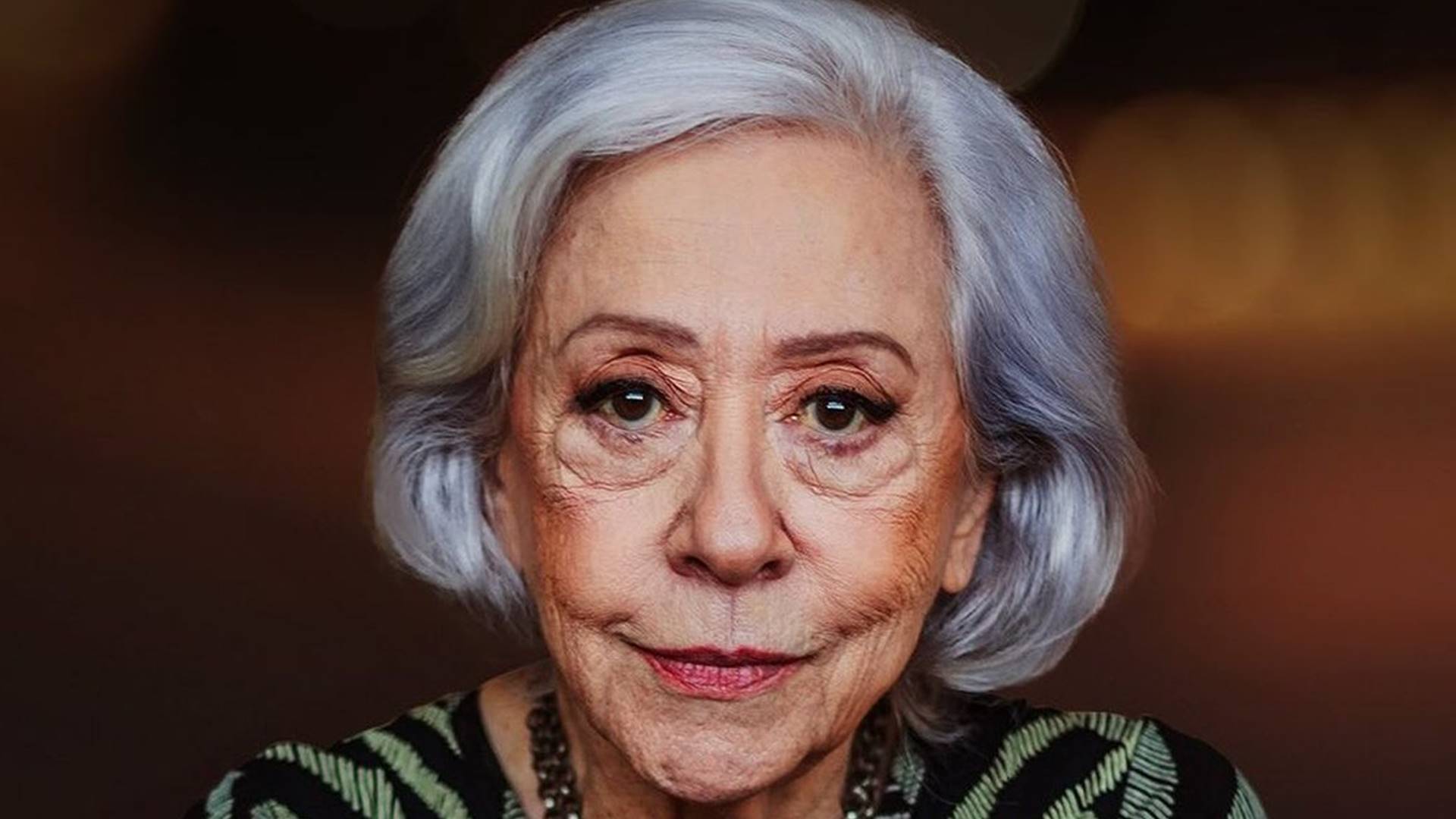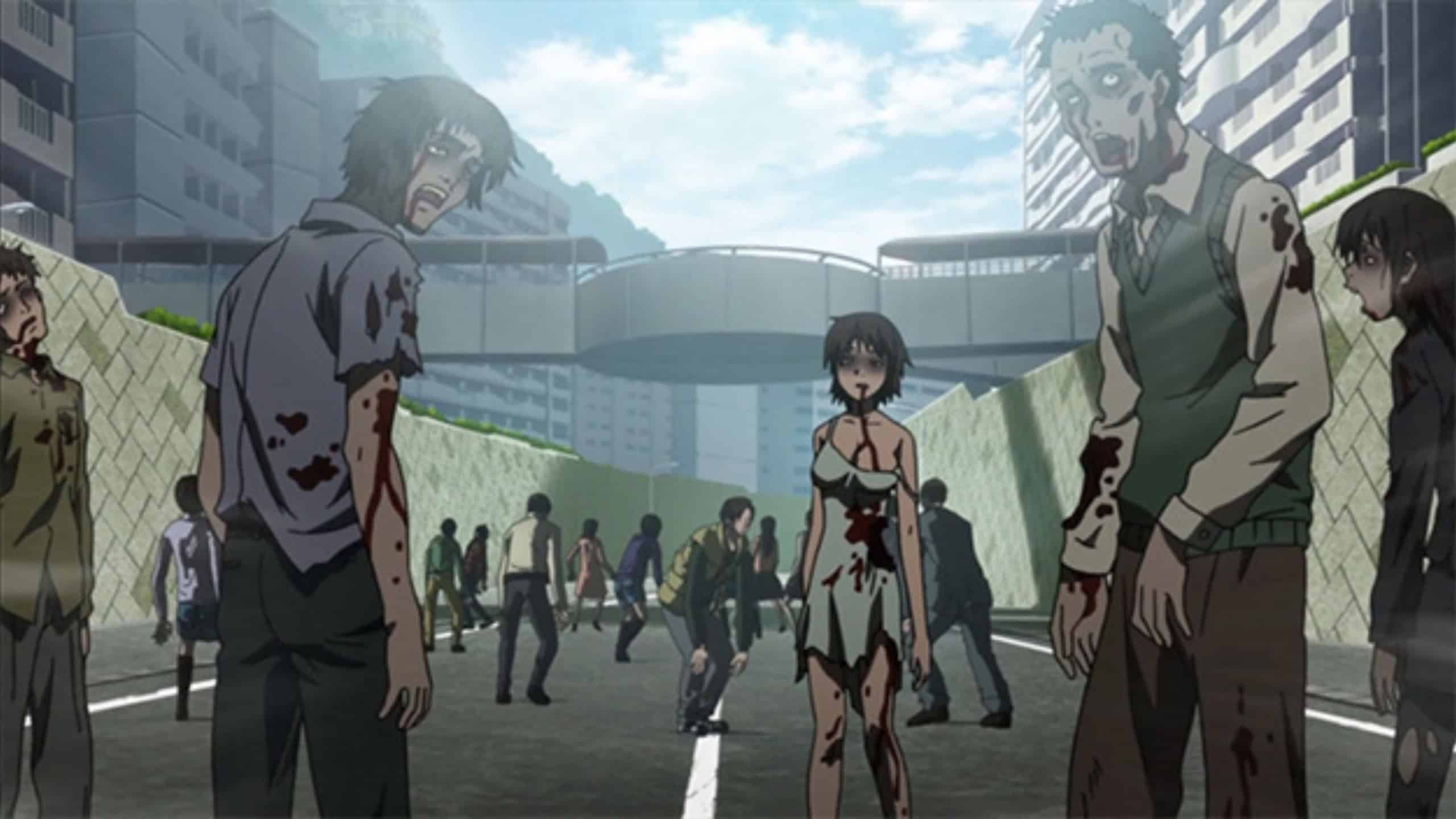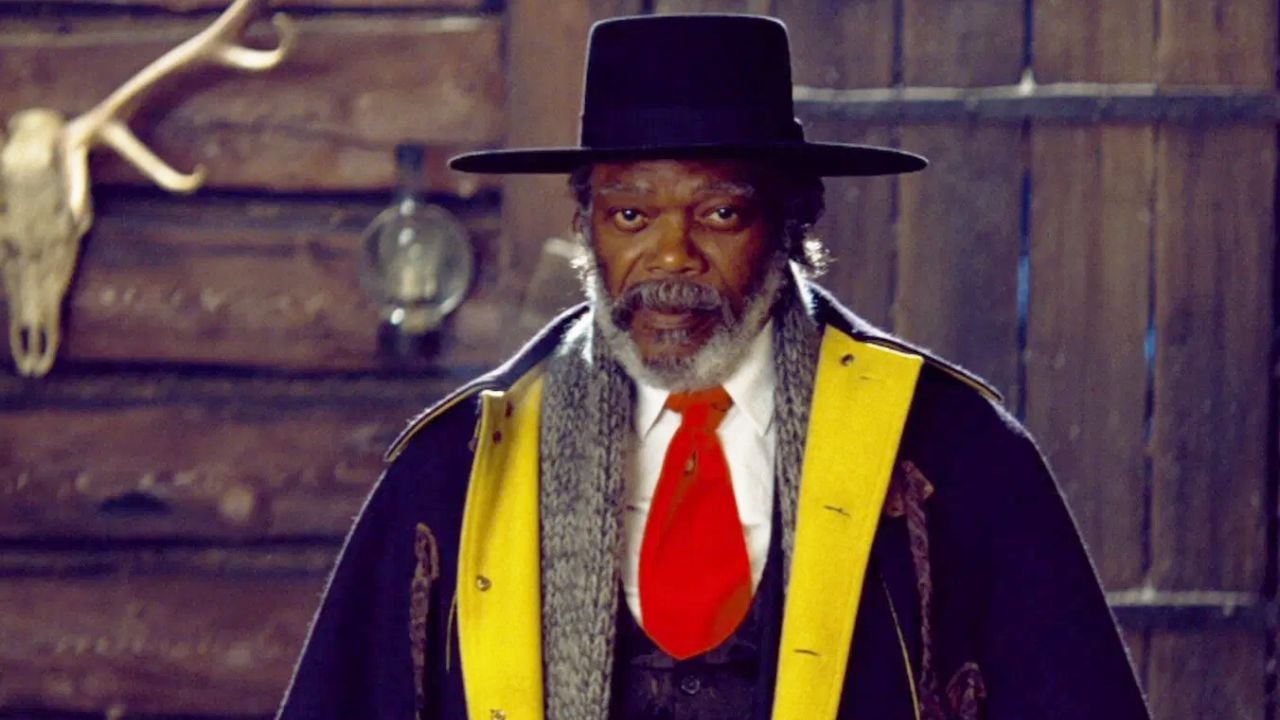K-19: The Trap of the Abyssan underwater nuclear tragedy
Director with an exciting filmography, Kathryn Bigelow has repeatedly taken an interest in military conflicts and what comprises them. So, with Minesweeper (2009), the director placed herself at the heart of the war in Iraq. With Zero Dark Thirty (2012), it is in the same context that he staged the CIA’s hunt for Osama bin Laden. And before these two features, Kathryn Bigelow demonstrated true originality by focusing on the Cold War from the crew’s perspectivea Soviet nuclear submarine In K-19: The Trap of the Abyss (2002).
This film is set in the early 1960s and is inspired by a true story. While the United States has placed nuclear submarines in strategic locations, the USSR tries to catch up by hastily building the K-19. The commander Mikhail Polenin (Liam Neeson) then in vain he warns his superiors, believing him to be so too short deadlines do not guarantee 100% safety of the crew members, the submarine will go to sea.

Furthermore, the Party found him too lax and close to his men, and he was immediately demoted to assist the commander. Alexei Vostrikov (Harrison Ford)much more difficult and challenging. But Polenin’s fears will come true and, after a failure in the main reactor’s cooling system, the danger will come from inside the submarine. To avoid a nuclear catastrophe, the crew will have to sacrifice themselves and do everything to repair it despite deadly radiation.
No Hollywood film had done that
As mentioned above, this story is based on a true story. On July 4, 1961, eight Soviet sailors lost their lives repairing the faults of the nuclear submarine. Despite Kathryn Bigelow’s desire to approach this event realistically, working with experts and members of the Russian authorities to help her make a believable film, the survivors did not appreciate their portrayal in K-19: the trap of the abyss.
The audience was also not very attracted to the film, which only collected $65 million in revenue for a budget estimated at 100 million dollars. An unfortunate failure after the feature film a fairly unique approach in his depiction of the Soviet camp. It’s really surprising to see an American director adopt this point of view, much like Sam Peckinpah did Iron Crossfrom the point of view of the German soldiers.

Above all, the director doesn’t follow Hollywood rules and it doesn’t show the good guys taking on the bad guys. In such a context, things are much more complex and we then remember the heroism of men who think more broadly about the future of humanity. This approach to K-19: the trap of the abyss it is also the element that convinced Harrison Ford to join the project.
The project immediately interested me for its approach to the Cold War. As far as I know, no Hollywood film had expressed the Russian point of view on this conflict. There are no good or bad guys in this story, and no political positions. Our goal has simply been to allow the public to appreciate those who served aboard the K-19. These people with very different personalities came together to face danger, with admirable heroism and self-sacrifice. They simply did their duty.
Source: Cine Serie
Ray Ortiz is a journalist at Gossipify, known for his coverage of trending news and current events. He is committed to providing readers with accurate and unbiased reporting, and is respected for his ability to keep readers informed on the latest news and issues.









